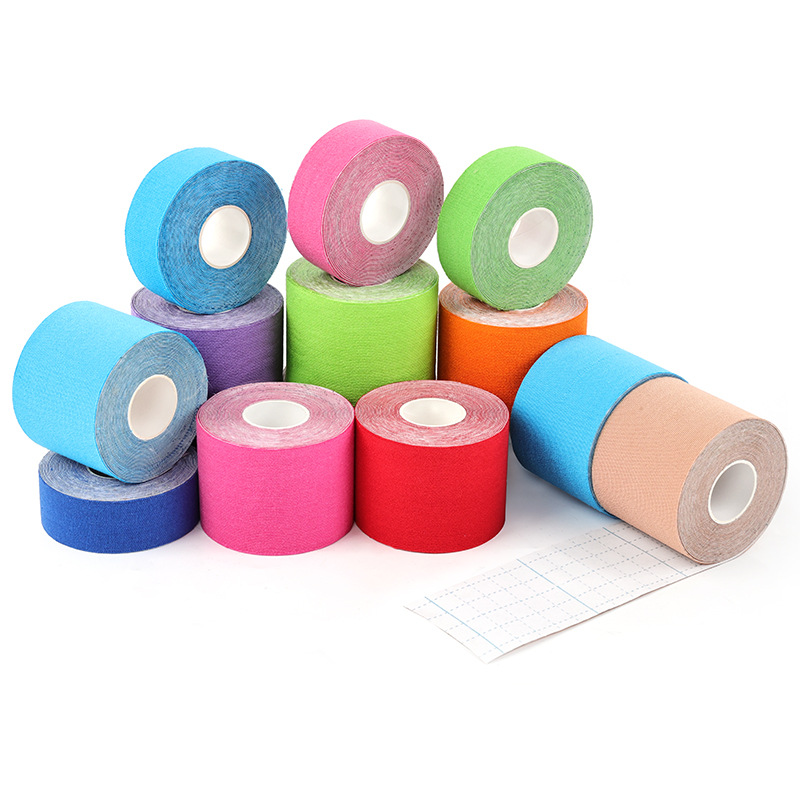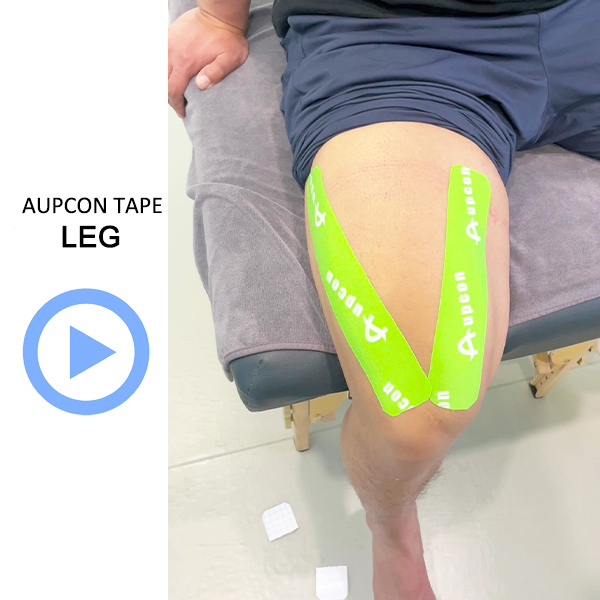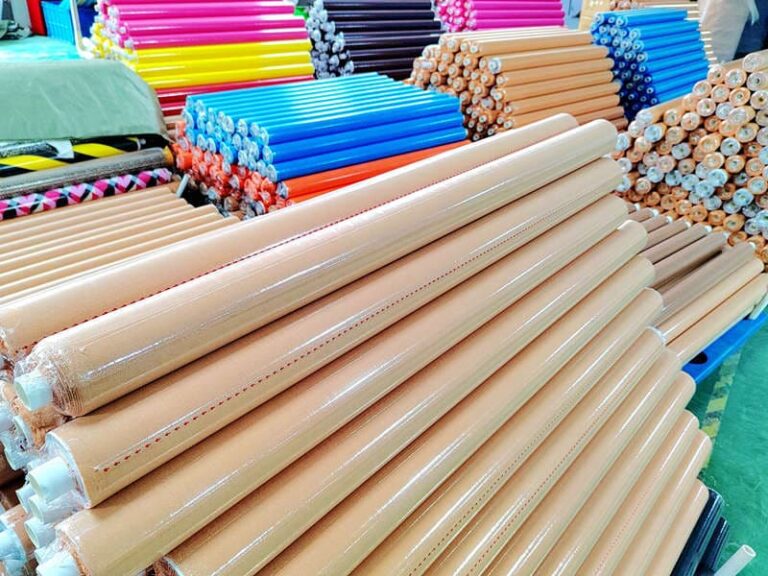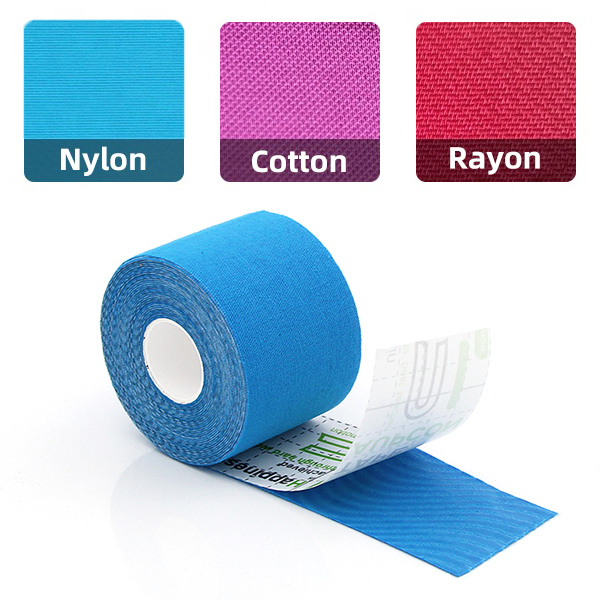Lors des longues courses et des séances d'entraînement, les claquages de cuisse sont fréquents. Qu'il s'agisse d'un claquage des ischio-jambiers ou du quadriceps, la récupération peut être lente et même douloureuse au quotidien. Cependant, l'utilisation d'une bande kinésiologique pour la cuisse peut fournir un soutien efficace, soulager la douleur et accélérer votre guérison d'une élongation des ischio-jambiers.
Qu'est-ce qu'une élongation de la cuisse ?
Avant d'aborder la question du bandage, il faut d'abord comprendre la blessure. Une élongation de la cuisse est essentiellement une déchirure des fibres musculaires du quadriceps (avant de la cuisse) ou des ischio-jambiers (arrière de la cuisse).
La différence entre un claquage et une entorse est qu'un claquage blesse le muscle ou le tendon qui relie le muscle à l'os, tandis qu'une entorse blesse le tendon qui relie deux os.
Les ischio-jambiers (situés à l'arrière de la cuisse) sont souvent sollicités lors d'un sprint, d'un saut ou d'un changement de direction soudain.
Les quadriceps (situés à l'avant de la cuisse) peuvent être sollicités lors d'un coup de pied, d'un sprint ou d'un accroupissement.
Comment fonctionne la bande élastique thérapeutique
La bande élastique thérapeutique ne coince pas votre cuisse comme le fait la bande athlétique traditionnelle. Au lieu de cela, elle travaille avec votre corps. Voici comment elle aide à soulager les tensions au niveau de la cuisse :
Soulagement de la douleur (facilitation/inhibition neuromusculaire) : Le bandage kinésiologique de la cuisse soulève doucement la peau, créant un espace entre celle-ci et les muscles et le fascia sous-jacents. Cette décompression réduit la pression sur les récepteurs de la douleur (nocicepteurs), ce qui réduit considérablement l'inconfort. Le cerveau se concentre sur la sensation de la bande plutôt que sur les signaux de la douleur causée par la tension.
Améliore la circulation et réduit les gonflements : En créant un espace supplémentaire, le bandage kinésiologique pour les cuisses améliore également la circulation sanguine et lymphatique. Cette circulation accrue aide à éliminer les substances chimiques inflammatoires et apporte de l'oxygène et des nutriments, qui sont essentiels à la guérison.
Soutien proprioceptif : Un terme plus précis fait référence à la perception qu'a votre corps de sa position dans l'espace. Les sensations constantes procurées par le bandage kinésiologique sur votre peau renforcent ce sens, rappelant à votre cerveau d'activer les bons muscles et de protéger ceux qui sont blessés. Il s'agit d'un rappel doux et constant de faire de l'exercice avec la bonne forme, ce qui permet d'éviter de se blesser à nouveau.
Soutien musculaire : Les propriétés élastiques de la bande kinésiologique pour tension de la cuisse apportent un soutien doux au muscle tendu, permettant une amplitude de mouvement complète. Cela peut considérablement renforcer votre confiance lorsque vous reprenez l'exercice.


Comment utiliser la bande physio pour traiter une élongation des ischio-jambiers ?
Pour l'entorse la plus courante du quadriceps, par exemple, vous aurez besoin d'un rouleau de papier original. Aupcon bande de kinésiologie en cotonEn tant que professionnel fabricant de bandes de kinésiologie, Aupcon propose une large gamme de bandes athlétiques de haute qualité pour les grossistes, les hôpitaux, les kinésithérapeutes et les utilisateurs individuels. Si vous avez des besoins supplémentaires, n'hésitez pas à contacter Aupcon. Nous offrons une variété de services OEM/ODM, y compris des échantillons gratuits. Vos demandes de renseignements sont les bienvenues.
Pour revenir au sujet, nous avons coupé le bande kinésiologique tension de la cuisse en deux bandes de longueur appropriée et arrondir les angles. Se référer à l'image ci-dessous pour les méthodes de découpe.
Ensuite, suivez les étapes du taping professionnel, de la sélection du point d'ancrage à l'application d'une tension de 50%-75%. Vous maximiserez ainsi les bienfaits de la thérapie physique en utilisant le ruban et en effectuant l'étape finale cruciale : frotter le ruban avec vos mains pour appliquer de la chaleur et activer l'adhésif. Le processus de taping thérapeutique est ainsi achevé.
Si vous souhaitez en savoir plus sur comment utiliser le taping kinésiologique, Pour plus d'informations, consultez les mises à jour de nos tutoriels.
Principales considérations relatives à l'étirement de la cuisse à l'aide d'une bande kinésiologique
Gravité : Pour les entorses graves (grade 2 ou 3), la bande kinésiologique ne doit être utilisée que sous la supervision directe d'un professionnel de la santé.
Évitez les étirements excessifs : n'utilisez jamais de ruban à étirement maximal sur des zones gravement blessées.
Remarque : si le ruban aggrave la douleur ou provoque une irritation de la peau, retirez-le immédiatement. Le bandage kinésiologique de l'élongation de la cuisse est une thérapie complémentaire. Elle est plus efficace lorsqu'elle est associée au repos, à la glace, à des exercices d'amplitude de mouvement et à un programme de rééducation structuré.



